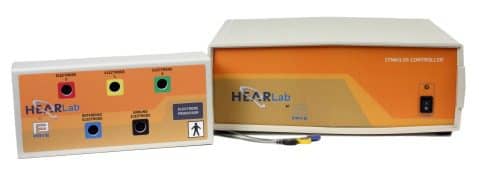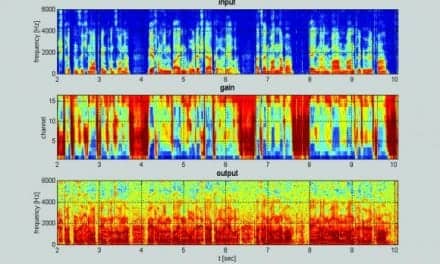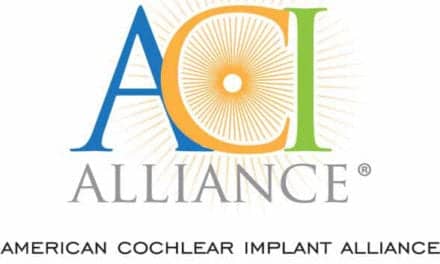Australia’s NSW Medical Devices Fund has awarded a A$662,115 grant to HEARing Cooperative Research Centre (CRC) to develop an automatic cortical audiometer, a device that monitors brainwaves to determine how well people can hear.
The device, to be developed by the HEARing CRC and the New South Wales-based National Acoustic Laboratories (NAL), is designed to improve the accuracy, efficiency, and reliability of hearing tests. 
Adjunct professor Harvey Dillon, NAL research director, said, “Traditionally, hearing tests require verbal or behavioral responses from the patient, which is often a challenge when the patient is a baby, infant, or young child with multiple disabilities, or is unwell in more advanced age, in particular those suffering from a stroke or dementia.”
He continued, “The new tool will use electrical responses from the brain, called auditory-evoked responses, to automatically assess hearing capabilities and to produce an individualized audiogram. That’s a graphical measure of the patient’s hearing status. This process is simple, painless, and bypasses the need for traditional patient responses,” Dillon explained. “All that is needed is that the patient be awake and reasonably quiet. As the responses come from the brain’s auditory cortex, it measures the response of the complete hearing mechanism, allowing it to be used with all types of hearing loss.”
Dillon also explained that making the testing procedure and subsequent data analysis automatic opens up new opportunities for the test to be performed by non-specialist clinicians or even health technicians. Furthermore, the test will save valuable time during a consultation, allowing the clinician to spend more time discussing follow-up and treatment options with the patient and caregivers.
The Cortical Audiometer will run on the award-winning HEARLab® platform, a diagnostic and rehabilitation device previously developed by the HEARing CRC and NAL. The HEARLab concept was licensed and made available internationally through FRYE Electronics in 2011, with ongoing software development by the original team at the HEARing CRC and NAL.





